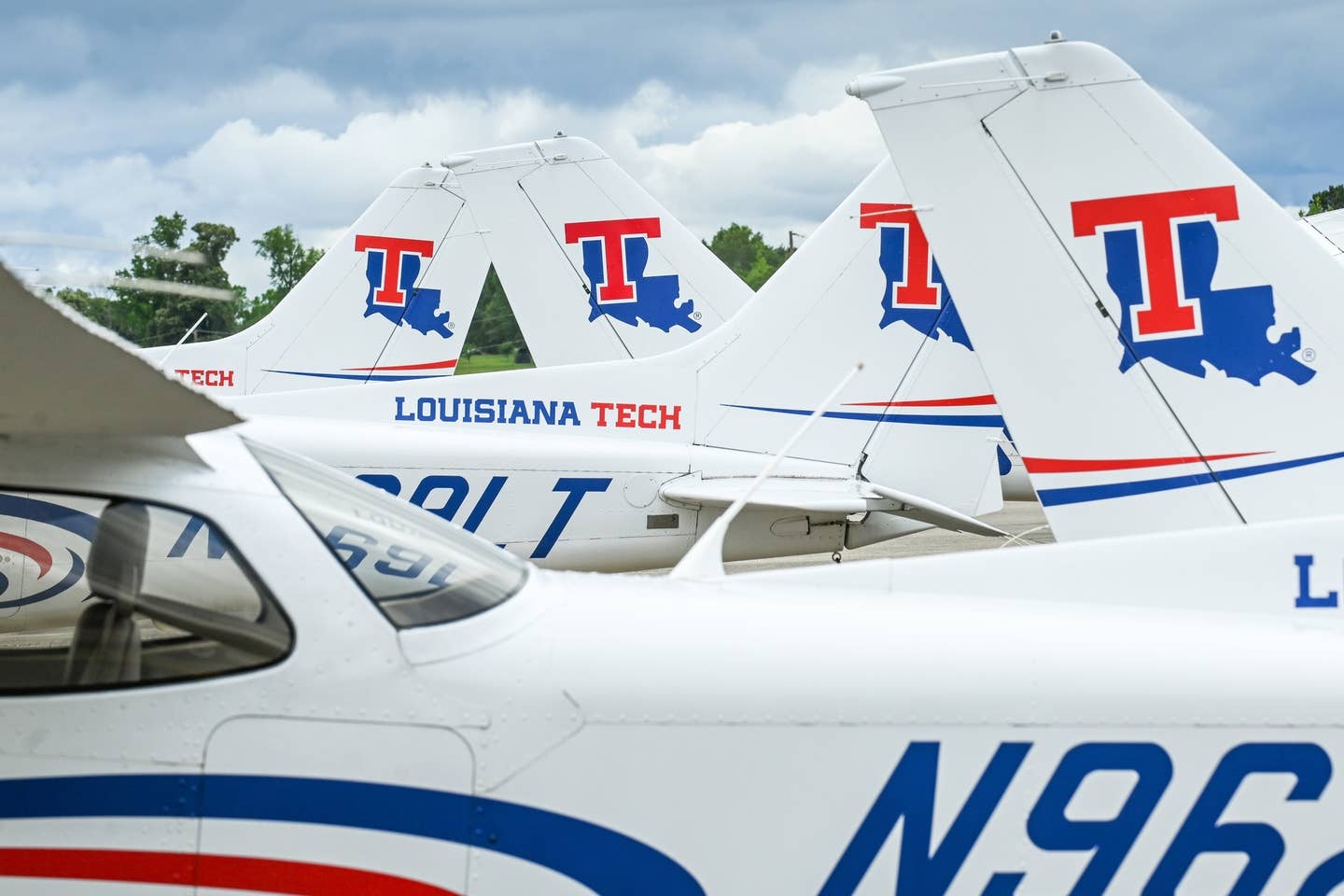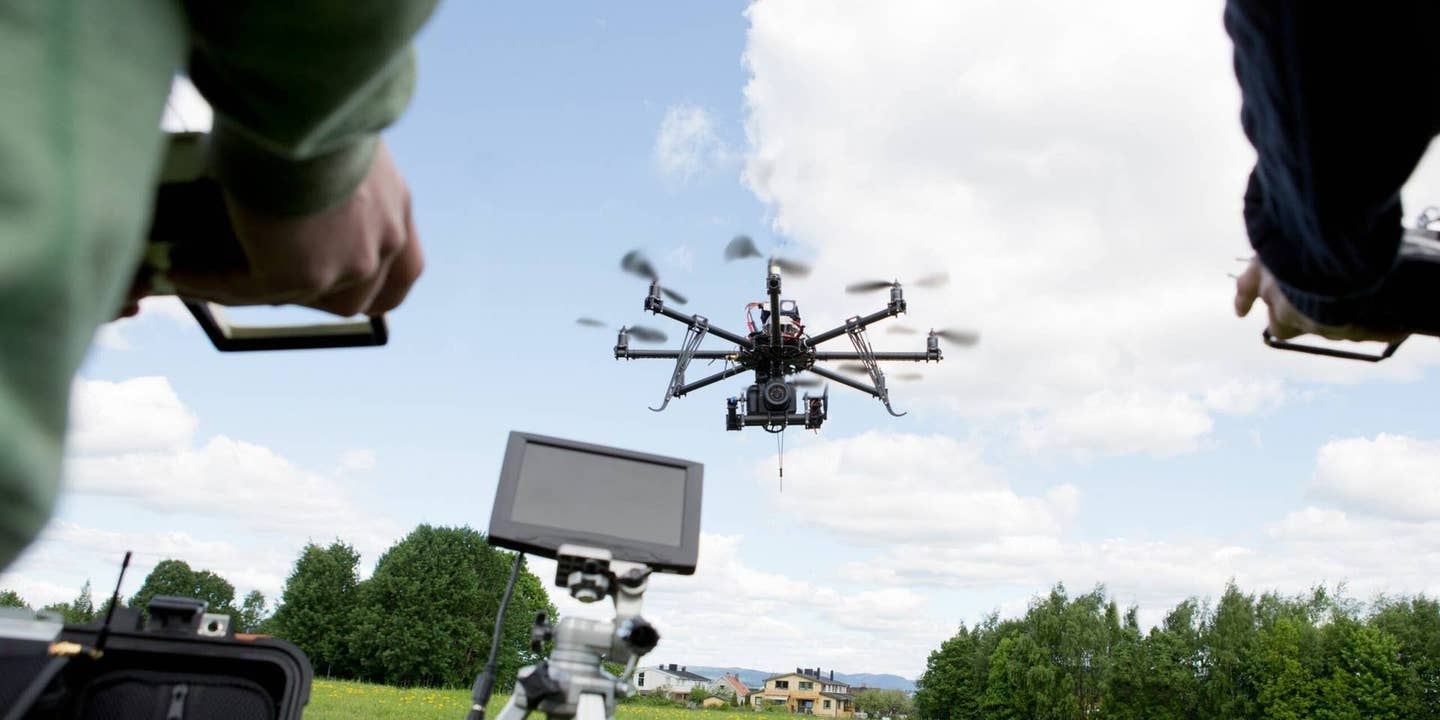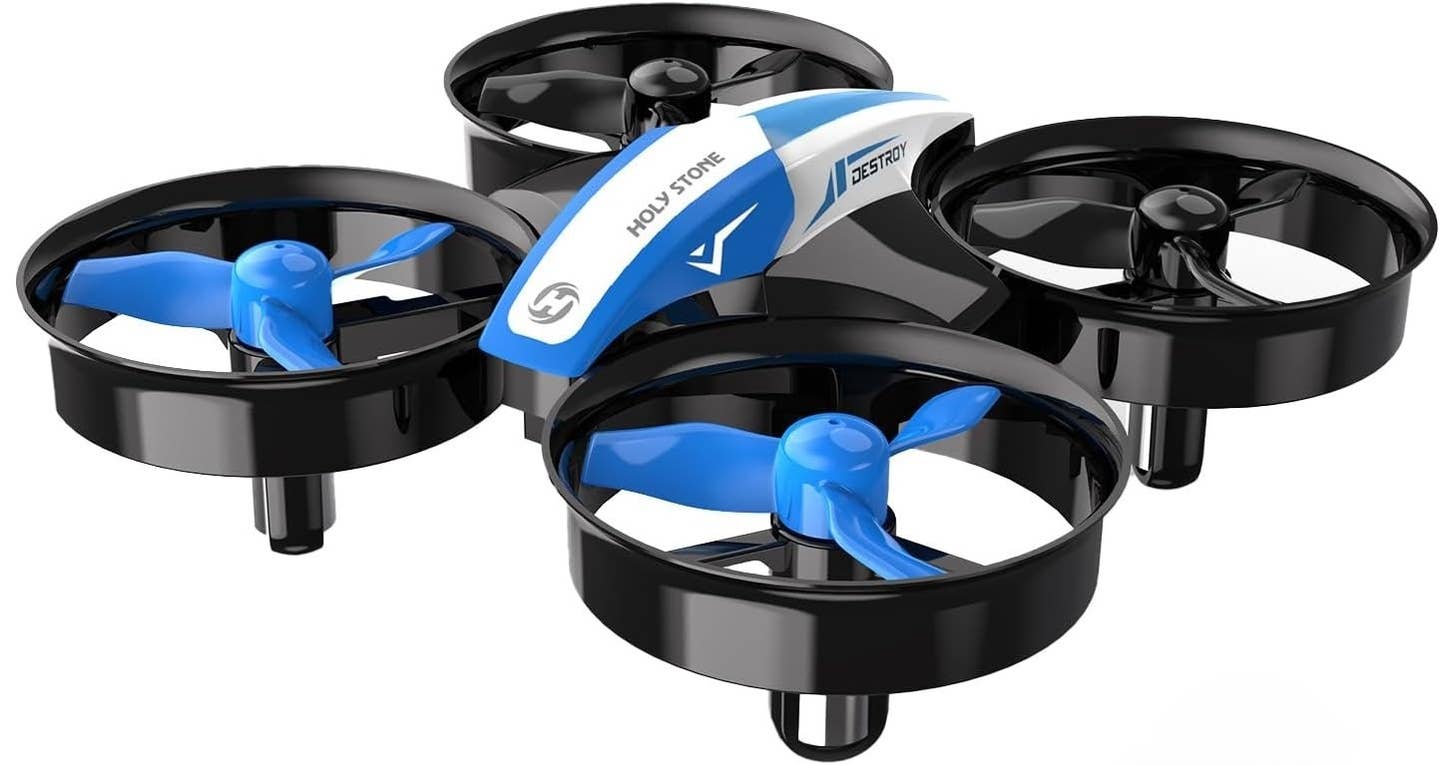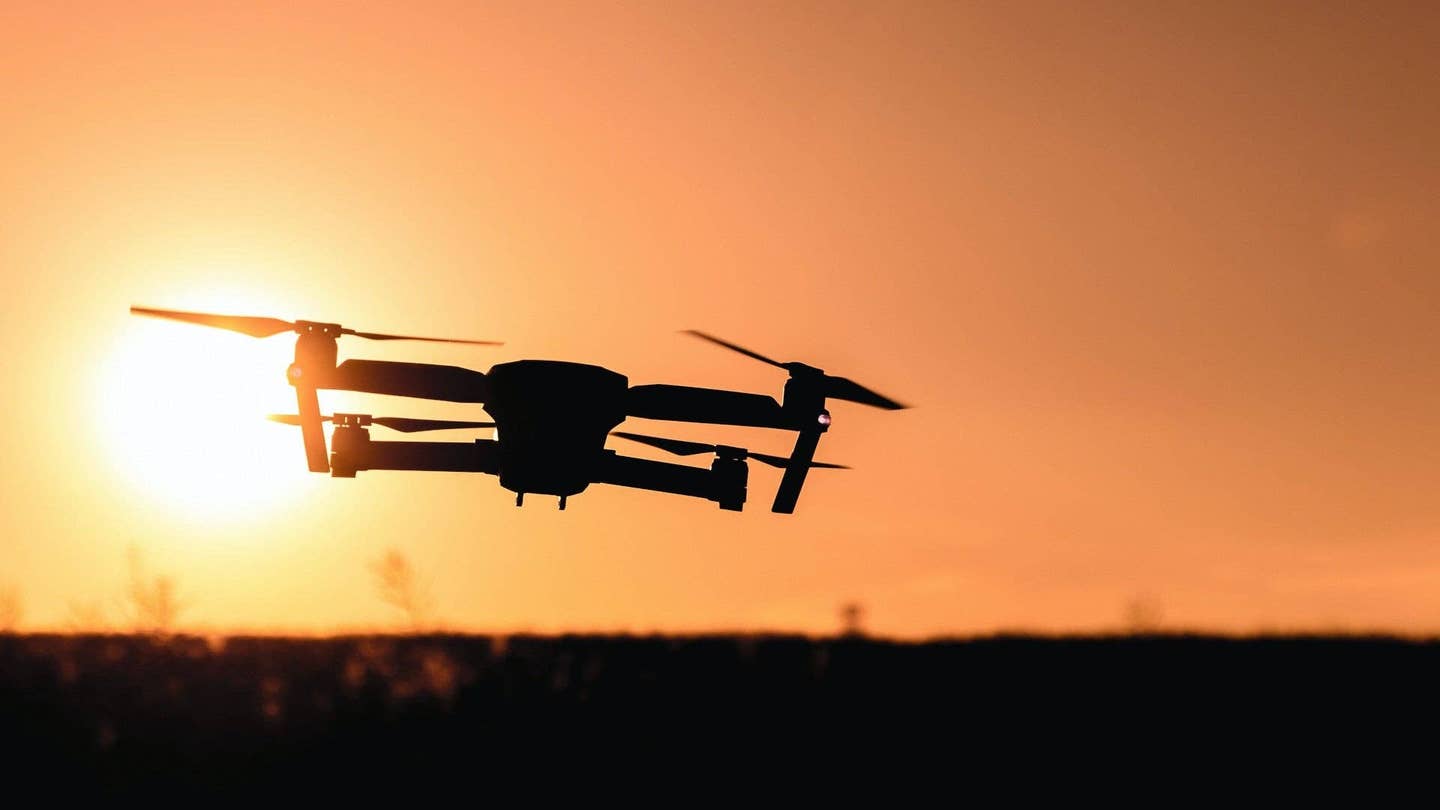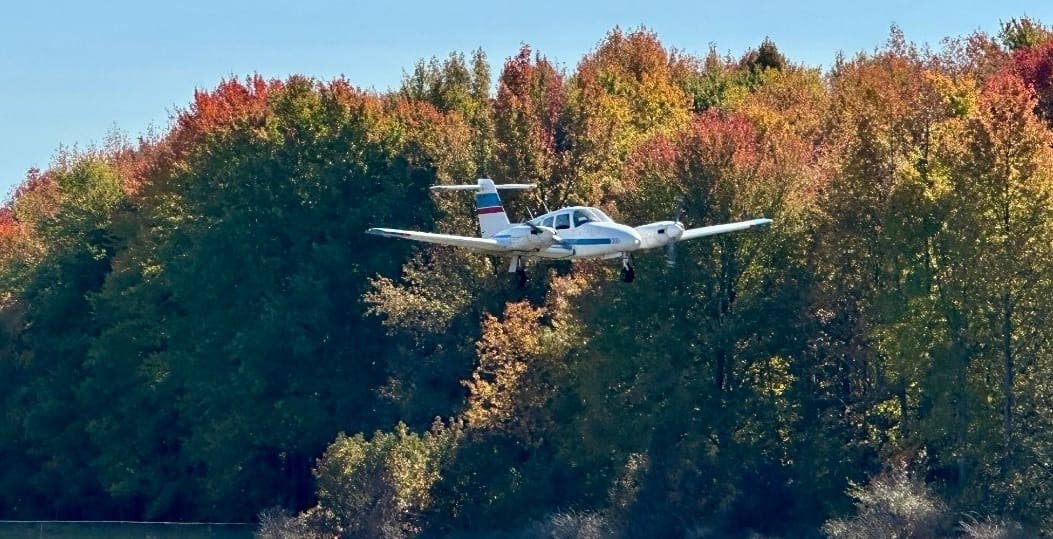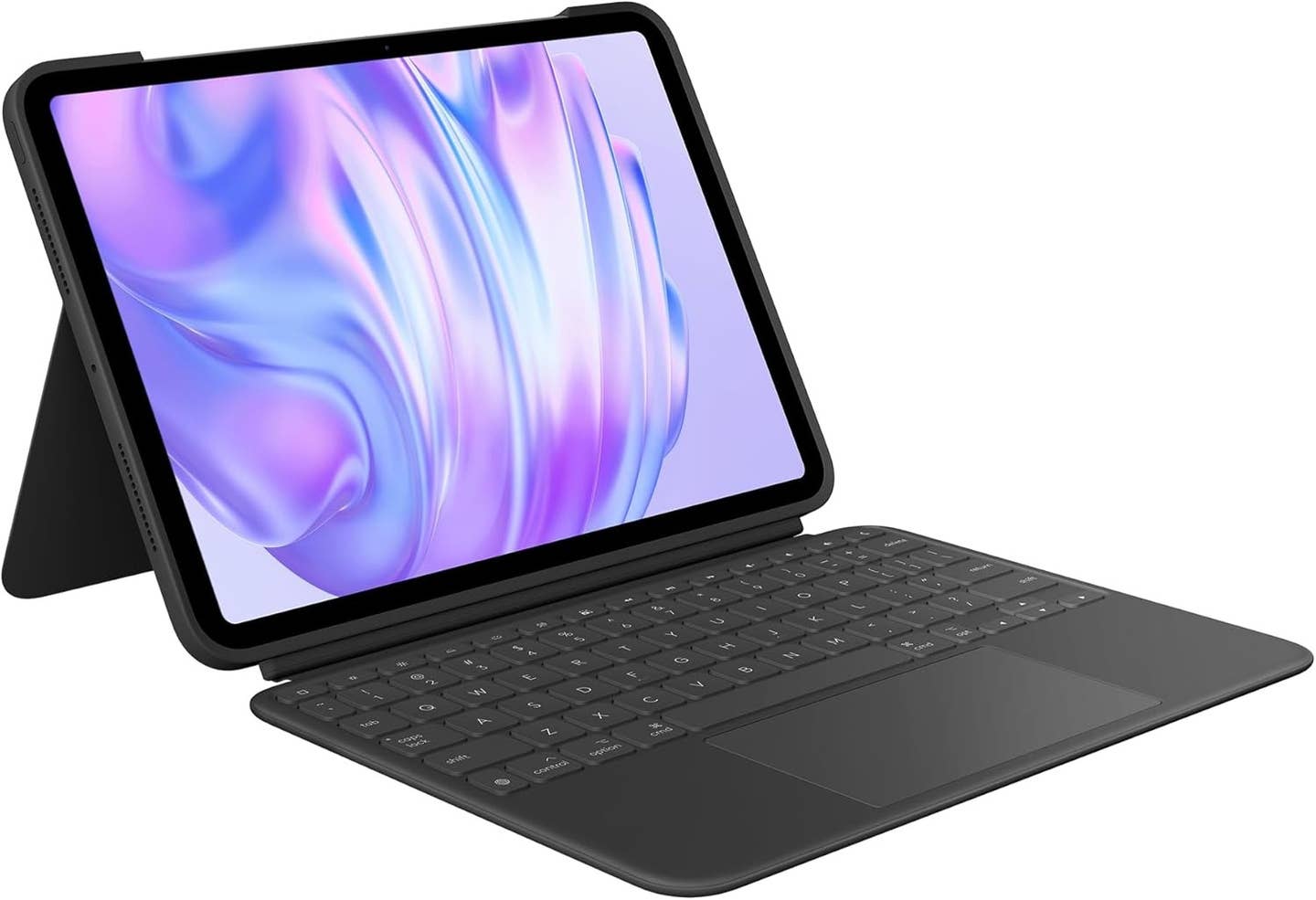What Is the Best Flight Simulator?
Explore our list of the best flight sims and accessories to implement in your home setup.
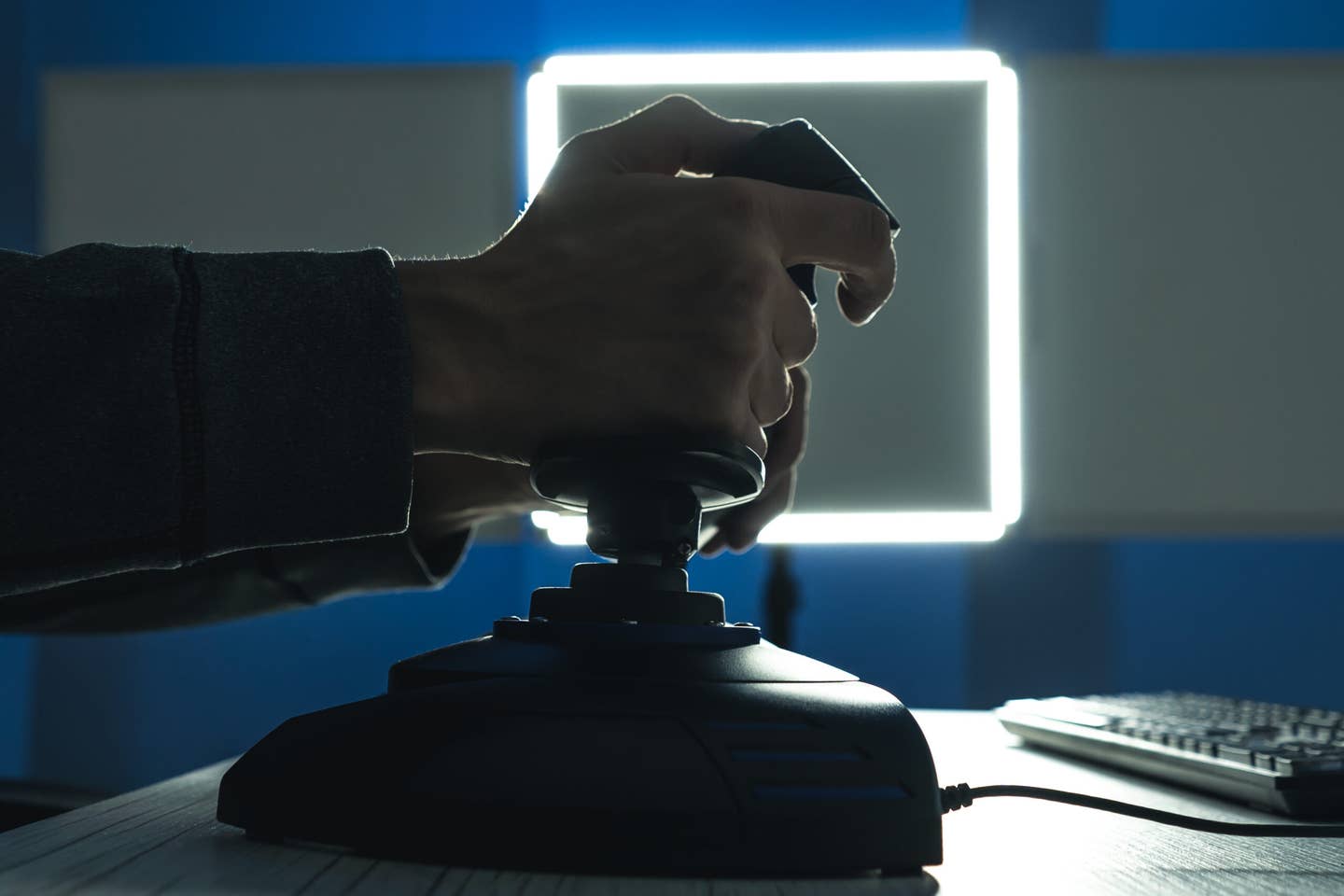
[iStock]
Aviation saw rapid innovation and growth after the first flight in 1903, leading to the moon landing in 1969. Similarly, advancements in digital technology allow pilots of all skill levels to experience flight from home through realistic flight simulators.
These programs and equipment educate pilots and provide true piloting experience without ever leaving the ground. Let us explore top flight simulator software and accessories for the best at-home simulation. You can also check out the FLYING Edition Rig to get started in the right direction.
Quick Look: 5 Best Flight Simulator Software
- Best of all-round flight sim software: Microsoft Flight Simulator 2024
- Best of realistic flight sim software: X-Plane 12
- Best of versatile flight sim software: Aerofly FS 2
- Best of mobile flight sim software: Infinite Flight
- Best of virtual reality flight sim software: FlyInside
Microsoft Flight Simulator 2024
Best for: All-round flight sim software
The Microsoft Flight Simulator franchise has been the gold standard among such software for its breathtaking detail and depth. On November 21, 2024, the software giant released its latest iteration, Microsoft Flight Simulator 2024 (MSFS2024). The newly released edition of Microsoft Flight Simulator has hobbyists and professional pilots rethinking their setups and making them question if they should upgrade to the 2024 version. MSFS2024 has been redesigned from the ground up to be expandable and more user friendly than any previous versions.
System requirements:
- OS: Windows 10/11
- Processor: Intel Core i7-9700K or AMD Ryzen 7 3700X
- Memory: 32GB RAM
- Graphics: NVIDIA GeForce RTX 3080 or AMD Radeon RX 6800 XT
- Storage: 50 GB available space
Top features:
- Improved aircraft systems, including electrical, pneumatic, fuel, hydraulics, etc.
- Dynamic weather scenarios, seasonal changes, and natural occurrences (e.g., tornadoes, wildfires)
- Aviation career mode available, starting with basic training and progressing to more complex missions, including firefighting, search and rescue, cargo transport, etc.
- Seventy different aircraft choices (e.g., airliners, business jets, specialized aircraft) are available in the Standard Edition, 19 additional aircraft are available in the Deluxe Edition, 15 more aircraft are available in the Premium Deluxe Edition, and 30 extra aircraft are available in the Aviator Edition
- Virtual reality compatible
Disadvantages:
- Game relies heavily on cloud-streaming, which can lead to huge bandwidth usage and potential instability.
- Newcomers might find the game challenging to learn due to its intricate aircraft controls and lack of a strong narrative.
Price: Standard Edition, $69.99; Deluxe Edition, $99.99; Premium Deluxe Edition, $129.99; Aviator Edition, $199.99
X-Plane 12
Best for: Realistic flight sim software
X-Plane 12 certainly keeps Microsoft honest, and this iteration of the flight simulator program is quite fantastic as well. It has beginner to expert features and can be used by beginners showing interest in flight, or professionals wanting to assess their flying skills. Players of this flight sim software can fly to 13,000 airports around the globe in one of the thousands of available aircraft.
System requirements:
- OS: Windows 10/11 (64-bit), macOS 12.00 (Monterey) or newer, Linux (varies)
- Processor: Intel Core i5-12600K or Ryzen 5 3500 or better, or Apple Silicon
- Memory: 16-24 GB RAM or more
- Graphics: DirectX 12-capable video card from NVIDIA or AMD with at least 4-8 GB VRAM (e.g., GeForce RTX 2070 or better, or similar from AMD)
- Storage: 25 GB available space
Top features:
- Flight models provide realistic aircraft behavior and handling.
- Air traffic control system offers more realistic interactions with ATC, including push-to-talk functionality.
- Weather system includes dynamic weather patterns, including wind, rain, thunder, realistic cloud formations, etc.
- Avionics systems include updated navigation data and improved cockpit displays (e.g., Garmin G1000).
- Virtual reality compatible
Disadvantages:
- The game can be quite demanding on system resources, requiring a powerful CPU and GPU to run smoothly.
- There are reports of compatibility issues with certain hardware, such as hands on throttle-and-stick (HOTAS) setups and pop-out displays for some aircraft.
Price: $111.34
Aerofly FS 2
Best for: Versatile flight sim software
Aerofly FS 2 is a simulator software that offers many of the same features as Microsoft Flight Simulator, just on a much smaller scale. It supports virtual reality and can be used on mobile devices as well as PCs, making it a versatile flight sim software option that appeals to a wide range of users. Aerofly’s graphical prowess is noteworthy, delivering high-resolution landscapes and detailed cockpits that blend seamlessly with smooth performance, even on less powerful systems.
System requirements:
- OS: 64-bit versions of Windows 7, Windows 8, Windows 10
- Processor: Intel Core i5 or AMD equivalent
- Memory: 8 GB RAM or more
- Graphics: NVIDIA GeForce GTX 960 or AMD equivalent
- Storage: 20 GB available space
Top features:
- Small download size, which allows the PC to run smoothly
- Known for its smooth performance and high frame rates, even on less powerful systems
- Provides highly realistic flight physics, offering authentic flying experience
- Includes a variety of highly detailed aircraft models, each with interactive 3D cockpits
- Numerous add-ons available for purchase, including additional scenery and aircraft
- Virtual reality compatible
Disadvantages:
- The game lacks global scenery, as well as depth and complexity of aircraft systems
- The game does not include an air traffic control system, which can be a significant drawback for those looking for a more comprehensive simulation.
Price: $54.72
Infinite Flight
Best for: Mobile flight sim software
Infinite Flight is a simulator software that is mobile device friendly (available for both iOS and Android), and it is compatible with PCs. Infinite Flight has a wide range of aircraft, a surprisingly considerable number of maps and terrains for a mobile app, customizable conditions, and multiple skill levels. Additionally, Infinite Flight boasts a strong community where enthusiasts can share their experiences, seek advice, and partake in virtual events or challenges, providing an engaging platform for aviation fans worldwide.
System requirements:
- OS: Android 9.0 (Pie) or later with a 64-bit processor, or iOS 15 or later with a 64-bit processor
- Processor: 64-bit processor
- Memory: 4 GB RAM or more
- Graphics: OpenGL ES 3.0 support
- Storage: 1 GB available space
Top features:
- Includes a comprehensive global navigation database with over 30,000 airports worldwide
- Offers a diverse fleet of aircraft, including commercial, combat, and general aviation planes
- Integrates with popular Electronic Flight Bag (EFB) apps like ForeFlight and Garmin Pilot
- Has a strong community with forums and a Discord server for enthusiasts to connect and share their passion
- Weather conditions, including visibility, wind speeds, directions, etc. can be adjusted.
Disadvantages:
- Some users feel that Infinite Flight lacks the level of realism found in more advanced PC-based simulators.
- New users might find the game overwhelming due to its complexity and the learning curve involved.
Price: Free to download; Monthly Pro Subscription, $9.99; Semi-Annual Pro Subscription, $49.99 (six months); Annual Pro Subscription, $79.99 (12 months)
FlyInside Flight Simulator
Best for: Virtual reality flight sim software
FlyInside Flight Simulator is built with virtual reality (VR) in mind, supporting Oculus Touch, Vive wand, and Leap Motion VR headsets. Although the software works on a PC, having a VR setup is almost a requirement for users of FlyInside. The platform is designed to provide users with a high degree of freedom, which is highly appealing for those who wish to customize and enhance their simulation experience. FlyInside’s open platform policy ensures any add-ons created do not require the company’s approval, allowing developers to innovate and users to purchase or create bespoke content tailored to their needs.
System requirements:
- OS: Windows 10
- Processor: Intel i7-7Y75 at 1.30GHz or better
- Memory: 16 GB RAM or more
- Graphics: NVIDIA GeForce GTX 1060 or AMD Radeon RX 5600 or better
- Storage: 16 GB available space
Top features:
- Includes 10 high-quality aircraft, ranging from military jets to helicopters, each with detailed systems and realistic flight models
- Features a groundbreaking scenery system that combines photo scenery, computer-generated imagery, and various data sources to create a visually stunning world
- Can utilize multi-core processors and modern GPUs to significant effect, allowing users to enjoy fluid framerates, high auto-gen density, and large draw distances
- Regular updates and improvements available based on community feedback
Disadvantages:
- Only 10 aircraft are available with a limited number of maps.
- New users might find the game overwhelming due to the learning curve involved.
Price: $34.99
What Is a Flight Simulator?
Flight simulators have come a long way since their inception and serve an array of purposes for different user groups.
For aviation enthusiasts and hobbyists, these simulators offer a captivating way to engage with their passion for flying, turning their digital cockpit into an immersive world where they can hone their skills or simply enjoy the thrill of piloting.
In contrast, for student pilots and professionals, flight simulators are invaluable tools for gaining a deeper understanding of aircraft systems, weather conditions, and emergency procedures without the associated risks of real flight.
Advanced simulations can present pilots with a variety of scenarios, enabling them to practice responses to uncommon events that they may rarely encounter in actual flight, thus enhancing their problem-solving abilities and confidence.
How Do Flight Simulators Work?
Flight simulators intricately recreate the experience of flying any aircraft using sophisticated technology. At its core is software and hardware (i.e., computer), while accessories like monitors, chairs, flight controls, avionics, and other advanced fittings serve to make the flying experience extra realistic.
Advanced simulators, particularly those approved for official training by agencies like the FAA, often incorporate motion systems that simulate the physical sensations of flight, such as turbulence and pitch across multiple axes, thereby offering an even more lifelike piloting experience.
What Accessories to Consider With Flight Simulators?
There is a whole list of accessories to consider when setting up a flight simulator at home. The beauty of accessories is that users can build a setup as basic or as advanced as they desire, allowing them to operate anything from a Cessna 172 to a Boeing 747. Let’s explore the possibilities.
Flight Simulator Software
Choosing the right flight simulator software for your flight simulation setup is crucial as it forms part of the backbone of the entire experience. Popular choices such as Microsoft Flight Simulator 2024 and X-Plane 12 offer innovative graphics and real-world data integration to create an immersive environment, while apps like Infinite Flight deliver similar experiences tailored for mobile devices. As you evaluate your options, consider the compatibility with hardware accessories and the system requirements to ensure smooth operation and a seamless flying adventure.
Flight Simulator Computers
Flight simulator computers are another essential part of the flight simulator backbone, as they manage the extensive calculations and detailed graphics rendering required to recreate a realistic flight experience. When selecting a computer for a flight simulator, it is crucial to consider the CPU, GPU, and RAM to ensure they meet or exceed the simulator’s system requirements. High-performance processors can also enhance the ability to run complex flight physics and environmental variables smoothly, while a powerful graphics card is necessary to render planes, airports, and realistic weather scenarios.
Flight Simulator Monitors
A vital component of any effective flight simulator setup is the monitor or display system you choose. High-quality displays can significantly enhance the realism and immersion of your virtual flying experience. Large monitors or multi-screen setups allow for a wider field of view, creating a more authentic cockpit feel and enabling you to fully utilize all the details provided by sophisticated simulator software. Finally, when selecting a monitor, consider the resolution and refresh rate, as these factors play crucial roles in ensuring smooth graphics and reducing visual latency.
Flight Simulator Chairs
Having the right chair is vital for both comfort and realism when setting up a flight simulator. A specialized gaming or flight simulator chair can significantly enhance the experience by offering ergonomic support during long flights and realistic feedback through integrated mechanisms. High-quality simulator chairs may include mounts for controllers and other accessories, ensuring everything needed is within arm's reach.
Flight Simulator Flight Controls
High-quality flight simulator flight controls mimic the cockpit environment, allowing users to interact realistically with aircraft systems. These controls typically include a yoke or joystick, rudder pedals, and throttle quadrant, which can be customized to mirror those found in different aircraft types. Modern flight control systems even incorporate advanced features such as force feedback, providing tactile responses to simulate the physical sensations a pilot would experience during flight.
Flight Simulator Avionics
Flight simulator avionics encompass a range of electronic systems used on aircraft, including navigation, communication, and flight instruments, which are critical for any simulation setup aiming to replicate true-to-life scenarios. By using replicable cockpits and avionics suites, enthusiasts and pilots can hone their skills in a controlled environment, practicing everything from takeoff to landing, while following precise flight paths just as in an actual aircraft.
Flight Simulator Advanced Accessories
Advanced accessories like virtual reality (VR) devices, haptic feedback gaming pads, head tracking systems, sound systems, etc. can provide users with an unparalleled sense of presence and realism. Such devices serve as interactive elements, which can take flight simulator setups to unmatched heights.
Experience the Real Deal
The advancements in flight simulation technology have made it possible to experience incredibly realistic flying without leaving your home. Whether you are a beginner looking to get a taste of flying or a seasoned pilot wanting to hone your skills, there is something for everyone in the world of flight simulators.
FAQ
What flight simulator is the best?
Determining the best flight simulator can often depend on the specific needs and preferences of the user. While Microsoft Flight Simulator 2024 is frequently cited as the top choice for an all-around flight simulator, Aerofly FS 2 offers similar features, just on a smaller scale. Furthermore, while Infinite Flight offers a robust simulation experience on mobile devices, FlyInside Flight Simulator is praised for its immersive virtual reality performance.
Which flight simulator is most realistic?
When it comes to selecting the most realistic flight simulator, enthusiasts and professionals alike often gravitate towards X-Plane 12. This software is renowned for its exceptional dedication to realism, not only in terms of its highly accurate flight dynamics and aircraft behavior but also through its comprehensive environmental and atmospheric simulations.
What is the best flight simulator to learn flying?
Microsoft Flight Simulator 2024 stands out as an ideal choice for the best flight simulator to learn flying due to its comprehensive aviation career mode, which guides users through various aviation career paths, from basic training to more complex missions. Its meticulously detailed flight models and systems further provide learners with an authentic flying experience.
What is the most realistic flight simulator for free?
Finding the most realistic flight simulator for free can be quite a challenge, as most high-quality simulators typically come with a price tag. However, flight simulators like FlightGear and DCS World still offer an extensive range of features at no initial cost.
How much does a professional flight simulator cost?
Professional flight simulators used by flight schools, training centers, and airlines can cost more than $1 million. Simpler professional flight training devices can be more affordable, starting at $50,000. Advanced home setups can be even cheaper, starting at $5,000.
Is DCS World free?
DCS World, or Digital Combat Simulator World, offers a mix of free-to-play elements and paid content. Initially, newcomers can download DCS World for free. However, the platform provides a variety of paid modules that expand the experience significantly.
Do real pilots use flight simulators?
Real pilots frequently use flight simulators for a wide range of purposes, from training to skill enhancement. In the aviation industry, simulators play a critical role in pilot training programs, allowing pilots to practice instrument procedures, cope with emergency scenarios, and gain experience in handling aircraft systems without the risks associated with actual flight.
Is there a real ATC in MSFS?
There is no real air traffic control (ATC) in Microsoft Flight Simulator (MSFS); however, MSFS offers a sophisticated ATC system that aims to simulate real-world aviation communications.

Sign-up for newsletters & special offers!
Get the latest FLYING stories & special offers delivered directly to your inbox

